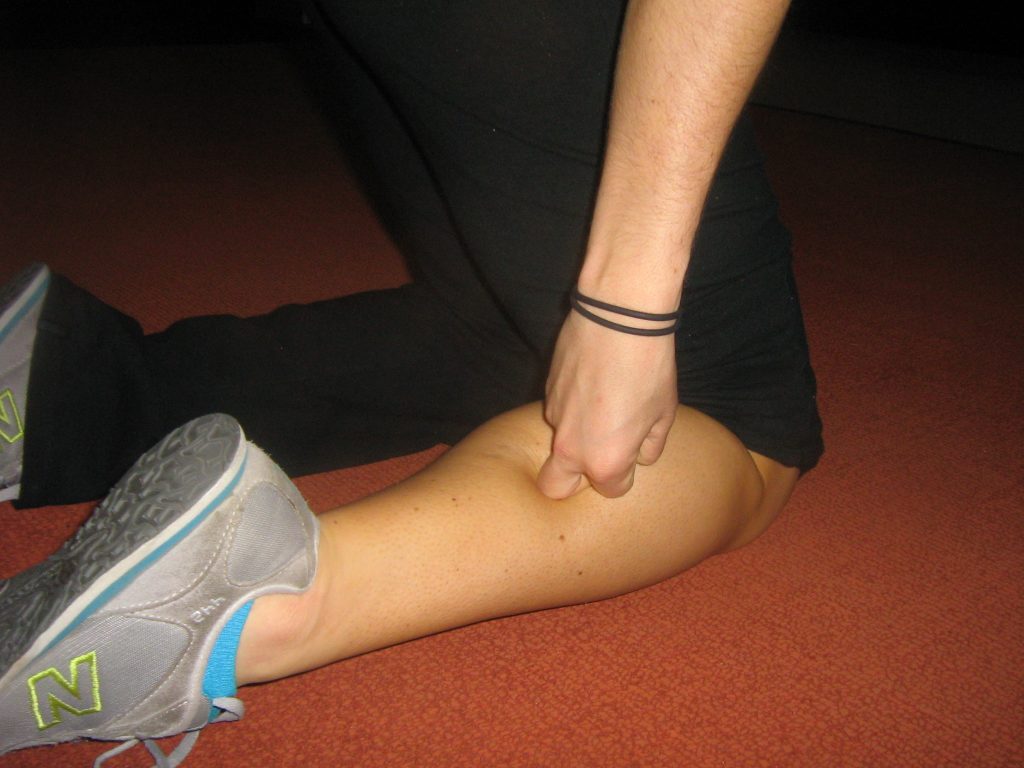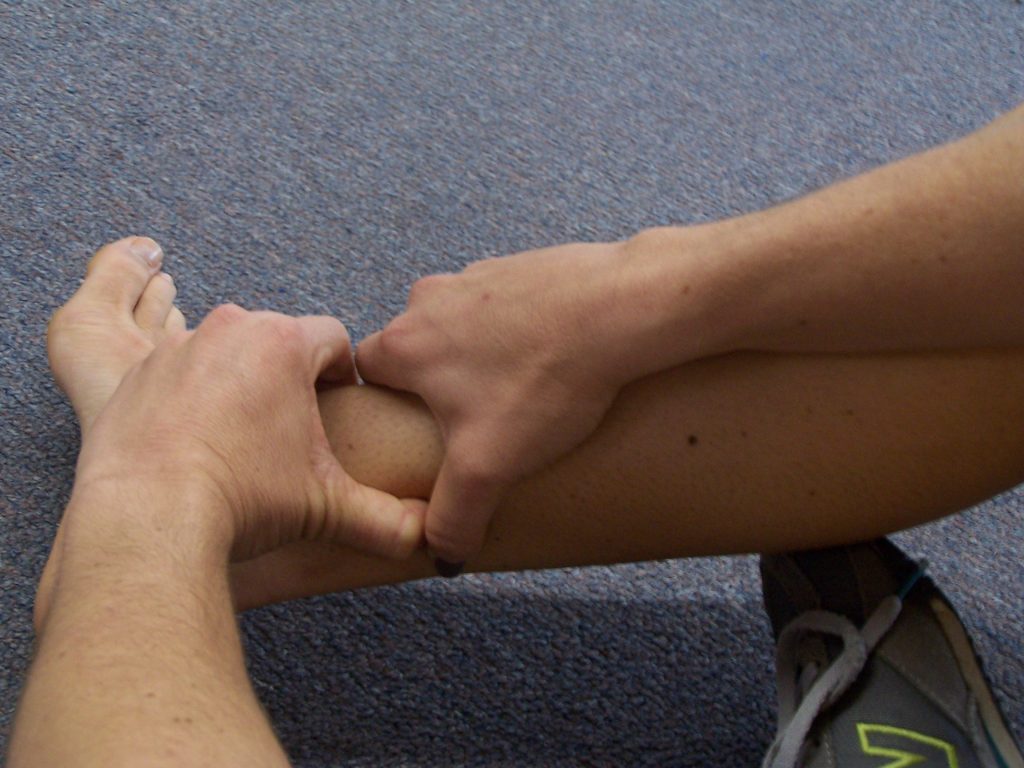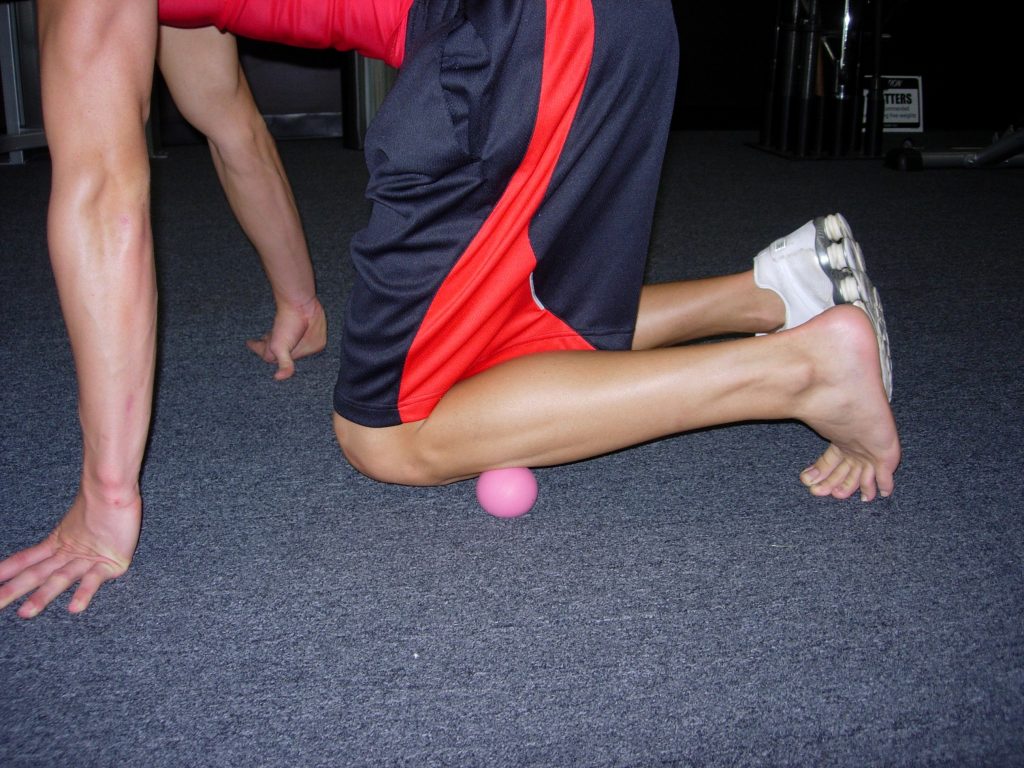Hi,
I wanted to post a message about the sprained ankle because I met a woman this weekend who has been suffering from a sprained ankle since January. With that idea in mind I decided to search all of my previous messages because I knew I’d written about sprained ankle in the past. I found it, published in June 2013, but when I tried to open it I was told that it didn’t exist…yet I was able to see the original posting. Go figure! So, rather than re-invent the wheel (my mother used to say that all the time!) I just copied the text and I’ll post it here. However, down at the bottom I added another treatment picture that wasn’t in the original blog message. So, even if you have seen the original it will be worthwhile to skim down to the bottom and see the newest treatment picture.
In the original blog I had started off telling you how I was doing after having severely sprained my ankle a few days earlier. Click here if you want to see that post.
Here’s what I originally wrote back in June:
I’m so happy to say that I continued to work on all of the muscles of my lower leg since I sprained my ankle and foot on Thursday night, and it worked perfectly! By Monday I was able to get back to my normal six mile fast walk. I’ve walked every day, and today I don’t have any remnants of the sprain at all.
The muscle treatments I’m sharing are closely related to the muscles that are involved during a sprained ankle, and are actually strained during the abrupt movements happening while you are spraining your ankle. These muscles cause pain in the arch, Achilles tendonitis, and impact the toes. In fact, the muscles can cause the bent-toes that are common to hammer-toes. The muscles are named flexor hallicus longus which goes to the underside tip of the big toe, and flexor digitorum longus which goes to the other four toes.
The muscles originate on the posterior side of your lower leg bones (tibia and fibula) and then narrow down to a tendon at the slender part of your ankle. The tendon passes underneath a thick band of fiber called the flexor retinaculum which holds the tendons securely just underneath your medial ankle bone. The tendons pass underneath your arch and insert into the underside tip of your toes. As the muscles contract you curl your toes or press them into the ground.
This is a movement that is common to runners, people who drive for long periods of time, and anyone wearing thong sandals. The muscles go into spasm, shortening and putting a strain along the entire posterior length of the lower leg bones, the Achilles tendon area, and also pulling the bottom of the toes in toward the arch of the foot. Most people aren’t aware of these muscles and never treat them, even though they can cause so much leg and foot pain. I worked on each of these muscles, from the top to the bottom, including my arch and around every bone in my ankle and foot. And it worked!
I’m currently writing a new book titled The Pain-Free Athlete and I’d like to share a couple of the new photos that will be in that book. There are several different ways of treating your posterior lower leg and those pictures are already shown in Treat Yourself to Pain-Free Living.
I’m pleased that I finally figured out how to insert these pictures so I can share them with you. It’s important to warn you that if you have varicose veins you must stay off the vein, but you can work on either side of the swollen vein.
The left picture is how to treat the very top of the two digitorum longus muscles, and the right picture shows how to treat the muscles as they merge into the tendon that goes to your toes. With the bottom treatment, use pressure on both sides of your Achilles tendon so you’ll get both muscles.



